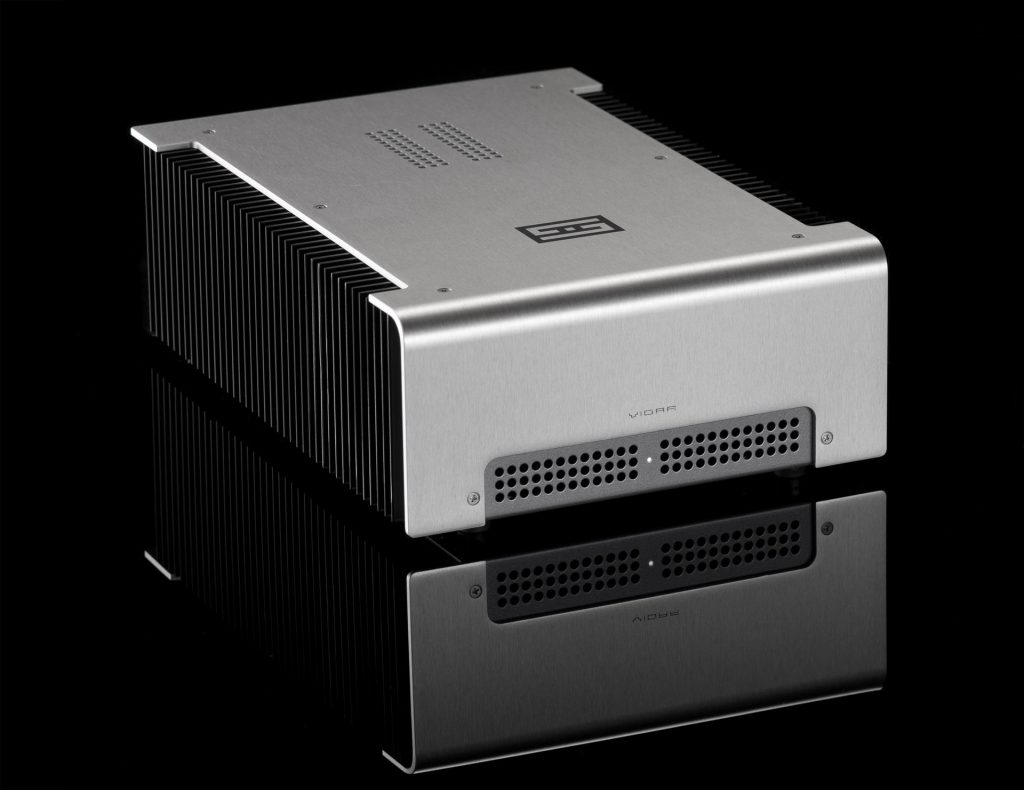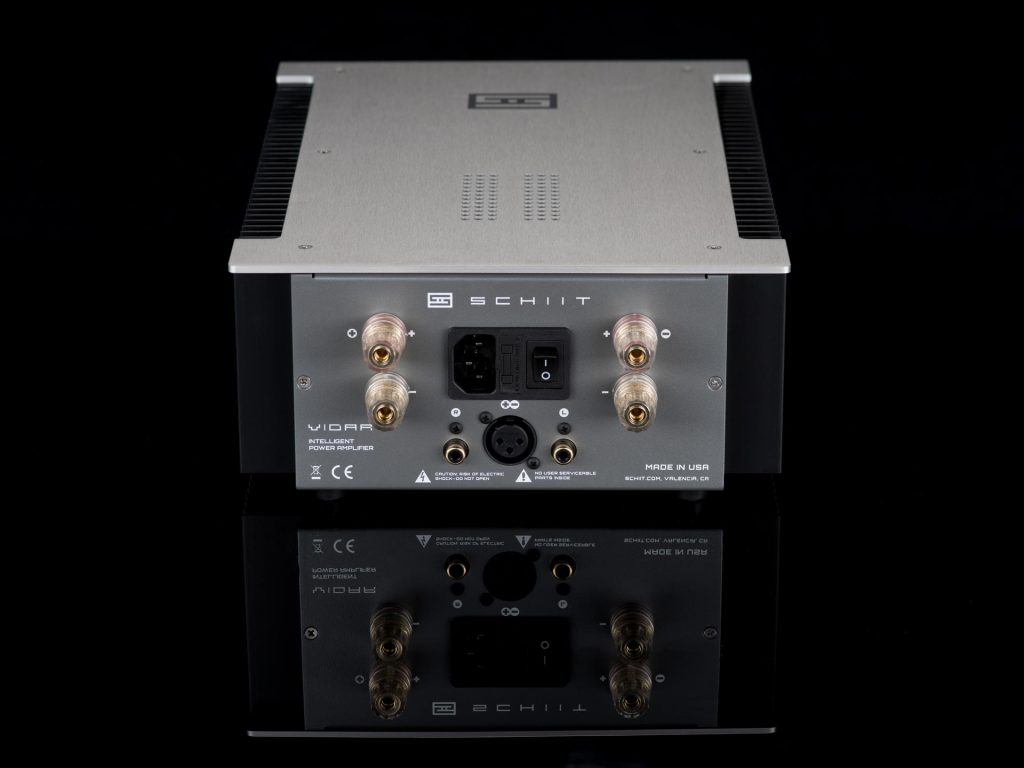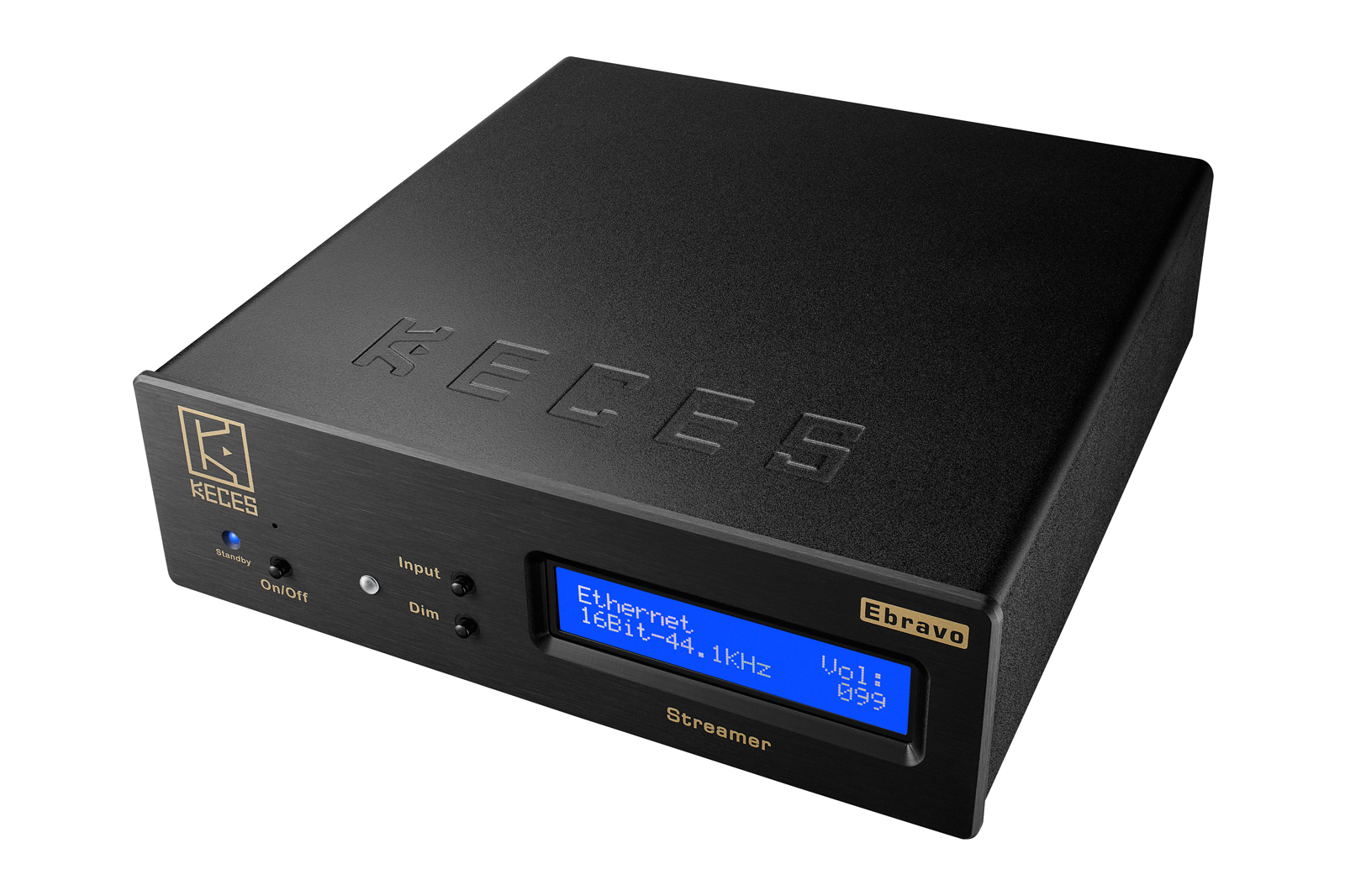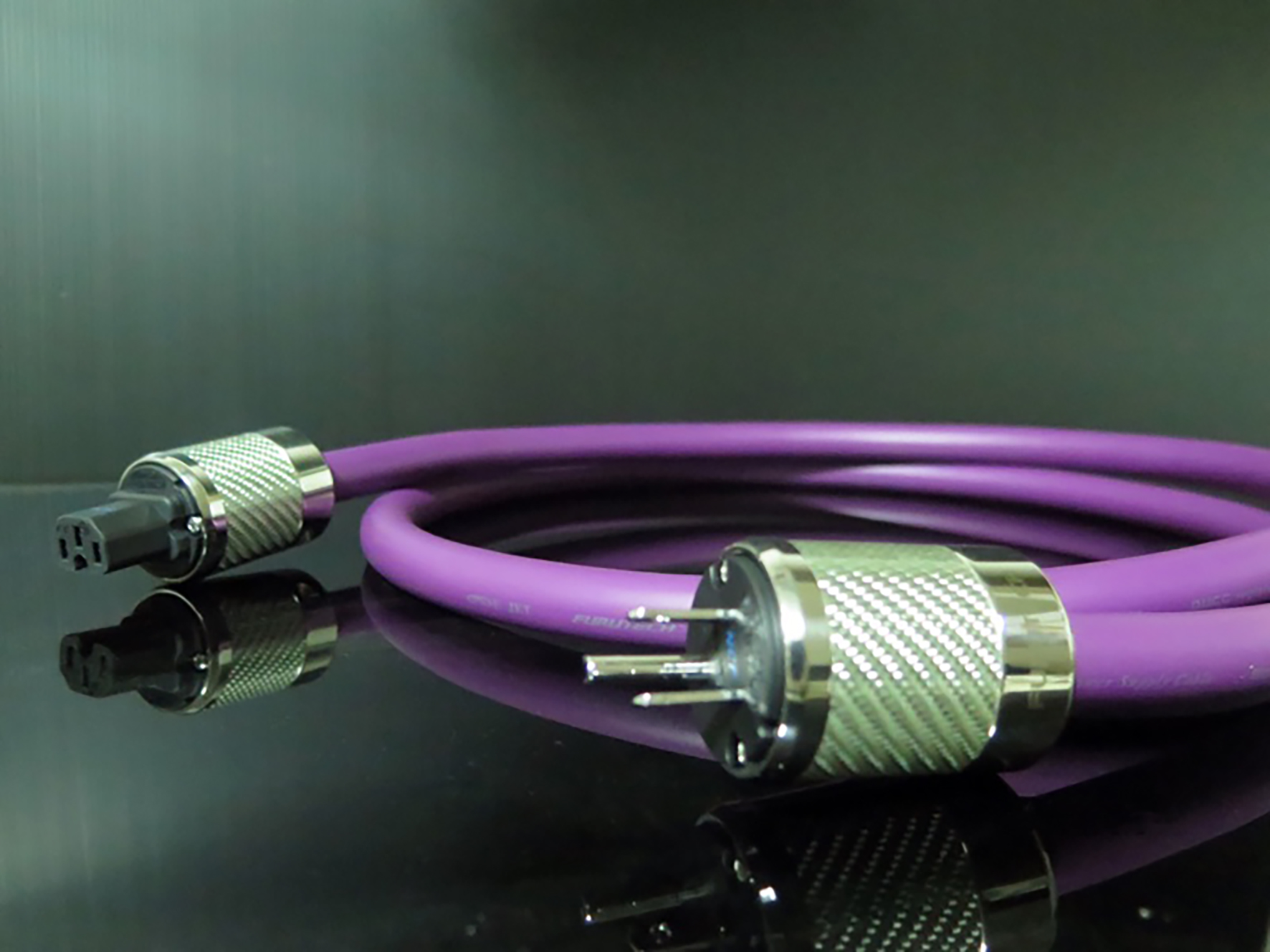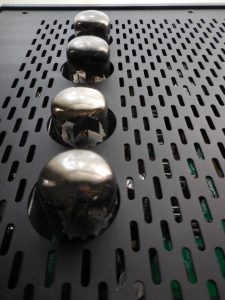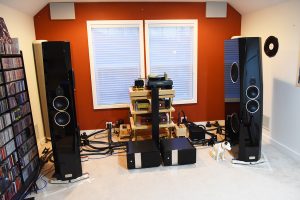More.
Nothing drives audio like More. Landfills in every continent are filled with working integrated amps, bookshelf speakers, and last year's gear; discarded like unspooled cassettes by people chasing after More. And in this hobby size matters. Anyone who has been to audio shows has seen attendees do the small system Cha-cha-cha: Glide by the small amp/small speakers room, back step to glance at it, then Cha-cha-cha to where the mongo speakers and mega power amps are blasting. "I'll take the bigger box, Monty!"
Unfortunately, "More" audio requires "More" of things in short supply around these parts. As in, money, room size, and desire to lug gear and pull wire. Thus, I've been content to enjoy my modest Peachtree Audio iNova integrated amplifier/DAC, knowing that it pairs well with both my Triangle Antal Speakers and Nola Contender loudspeakers. The iNova delivers a very nice sound at a great price, and I shouldn't complain. Still, I'm tantalized by the urge to use the iNova as a preamp and partner it with a new, robust, bicep-flexing power amp to help my system pummel planets and leap tall buildings in a single bound. But where do I find a power amp so affordable, reliable, ergonomically reasonable, and well-designed? Who in the world makes something like that?
Schiit, you got me.
In fact, Schiit makes two power amps, the Vidar at $699 and the Ragnarok at $1699. Not knowing if a power amp would make a difference that I would like, I opted to review the lower-priced version. Schiit's marketing copy (as precisely engineered as their products, by the way), describes the Vidar as a, "Class-AB, linear-supply, microprocessor-controlled, power-doubling, dual-mono-ish, intelligently-managed, drives-almost-anything power amp." To quote the famous cartoon philosopher, Baloo the Bear, "That's pretty big talk, little britches." I couldn't test the Vidar's true muscle, however, as the speakers I have on hand are hardly in the "almost anything" category. The Contenders are rated at 90dB and the Antals are at 91dB sensitivity, respectively, and it soon became abundantly clear that the Vidar's 100W RMS per channel (Stereo, 8 Ohms) had plenty of power for my relatively easy to drive loudspeakers.
Like all Schiit products, the Vidar amp is sturdy and compact. Weighing in at 22lbs, it's harder to lift than it looks, a task made trickier by the sharpish heat sink fins flanking the sides. At 9" x 13" x 3.875", it fits snugly on one half of the bottom shelf in my rack, right next to my competent Schiit Bifrost Uber DAC. As is my pattern, I kept the amp playing music while I was at work, and, after a few weeks, it had about 100 hours on it before I sat down for critical listening. I didn't leave it powered on continuously though, because the Vidar runs relatively warm and it's been stiflingly hot this summer. In addition, though I have some nice power cords lying around, I decided to use the stock cord provided.
As mentioned, I employed my Peachtree iNova as the preamp. Initially, I also relied on the iNova's internal DAC. Later on, I switched to using the Schiit Bifrost Uber DAC. In the beginning I also used a pair of Kimber Hero interconnects to connect the iNova to the Vidar and another pair of Hero IC's to connect the Bifrost to the iNova. The Kimber cables are in line with the iNova and Vidar's combined roughly $2500 price tag. As luck would have it, however, I happened to have in for review a pair of the stunning new Black Cat Cable Stargate Series interconnects. The Stargates are made by the same manufacturer who made my reference Stereolab 700 interconnects. The Stargate IC alone costs almost nine times the price of the Vidar, and the Stereolab 700 wasn't cheap, either. I reasoned that optimum cables would give me a clearer insight to the Vidar's contribution, and the improvements over the Kimber cables were obvious. No matter which interconnects were used to cobble everything together, however, the addition of the Vidar to the system was transformative.
With the Vidar in place, changes in the sound of the system became immediately apparent. The most striking feature was a serious reduction in the faintly perceptible haze that prevents musical tones from being truly separate and distinctive. I selected a track that I frequently use for reviewing, not because it's a great recording, but because it contains plenty of audio cues to test a system. Going from iNova to iNova-plus-Vidar, Michael Nesmith's "Yellow Butterfly" was noticeably improved. The song has a lot going on instrumentally, and features many textured layers of sound. The addition of the Vidar brought all elements into greater focus. For example, the Vidar helped me to determine the full chord progression of the electric guitar that softly underpins the theatrical mix of nylon string guitar, harp, pedal steel, bass, and one-off instrumental grace notes. The Vidar's sharper rendering of the instruments and vocals helped spotlight the recording techniques used to create the illusion of depth and spatial integrity, resulting in a much more "live" presentation of the song.
The Vidar's impact on accurately reproducing instruments continued with more complex music, as well. Listening to Bart Schneemann's recording of Mozart's Sonata for Violin and Piano No. 25 in F major, K. 377 (K. 374e), the standard iNova rendering of this track was lovely, but maybe less captivating than it could be. The Vidar improved the discernible elements often associated with a lively and dynamic touch. Details, such as a greater percussive impact of the piano keys and an improved clarity of the oboe's tone, heightened my appreciation for the construction of the piece, as well as my overall enjoyment. I never got the sense that I was hearing anything obvious being done to tone, timbre, and texture (at least, nothing more than was already dictated by the DAC and preamp in use), but I did feel that I was getting a sharper and wider presentation.
To be honest, though the iNova's preamp section undoubtedly sweetened and softened the overall sound, I wished I had asked Schiit to send one of their preamps for the review. I have a feeling that the combination would produce even greater insight into the music. Also, it would have been nice to have power amps from different manufacturers to compare to the Vidar, but finding an amp of equal power and features is tough to do. Pretty easy to find one for a car or a honking guitar rig, but not so easy for home audio. Given that, all I can report is what I heard in my system, and chief among my discoveries was the Vidar's exemplary handling of powerful deep tones. Low frequencies of electric bass, kettle drums, and the like were solidly reproduced, as music, and not like the instant BOOST that you often get when trotting in a subwoofer. Listening to Charlie Haden's bass playing on "A Voice from on High," for example, the Vidar greatly enhanced the ability to hear his ridiculously clever fret work within the vast mix of instruments and superb vocal harmonies. In my view, the improved grip on low frequencies is already well worth the price of the Vidar.
In fact, the overall improvement made to my system's sound is enough to garner an easy recommendation. I also liked the fact that the Vidar has a microprocessor that regulates current and temperature to keep me from doing something stupid, like blowing it up. The very reasonable cost and the careful attention to build quality is a welcome bonus, as is the option to buy another Vidar to use in a mono block configuration.
Before this review, I anticipated that I would be getting a different sound. Bigger, buffer, badder. More! Instead, I got a different sound all right.
Better.
Schiit Vidar Intelligent Stereo/Mono Power Amplifier
Retail: $699 each
Schiit Audio




